Kathleen Kennedy and Frank Marshall look back on over 40 years of Indiana Jones
Exclusive: Producers Kathleen Kennedy and Frank Marshall talk Dial of Destiny – and look back on four decades' worth of Indiana Jones memories
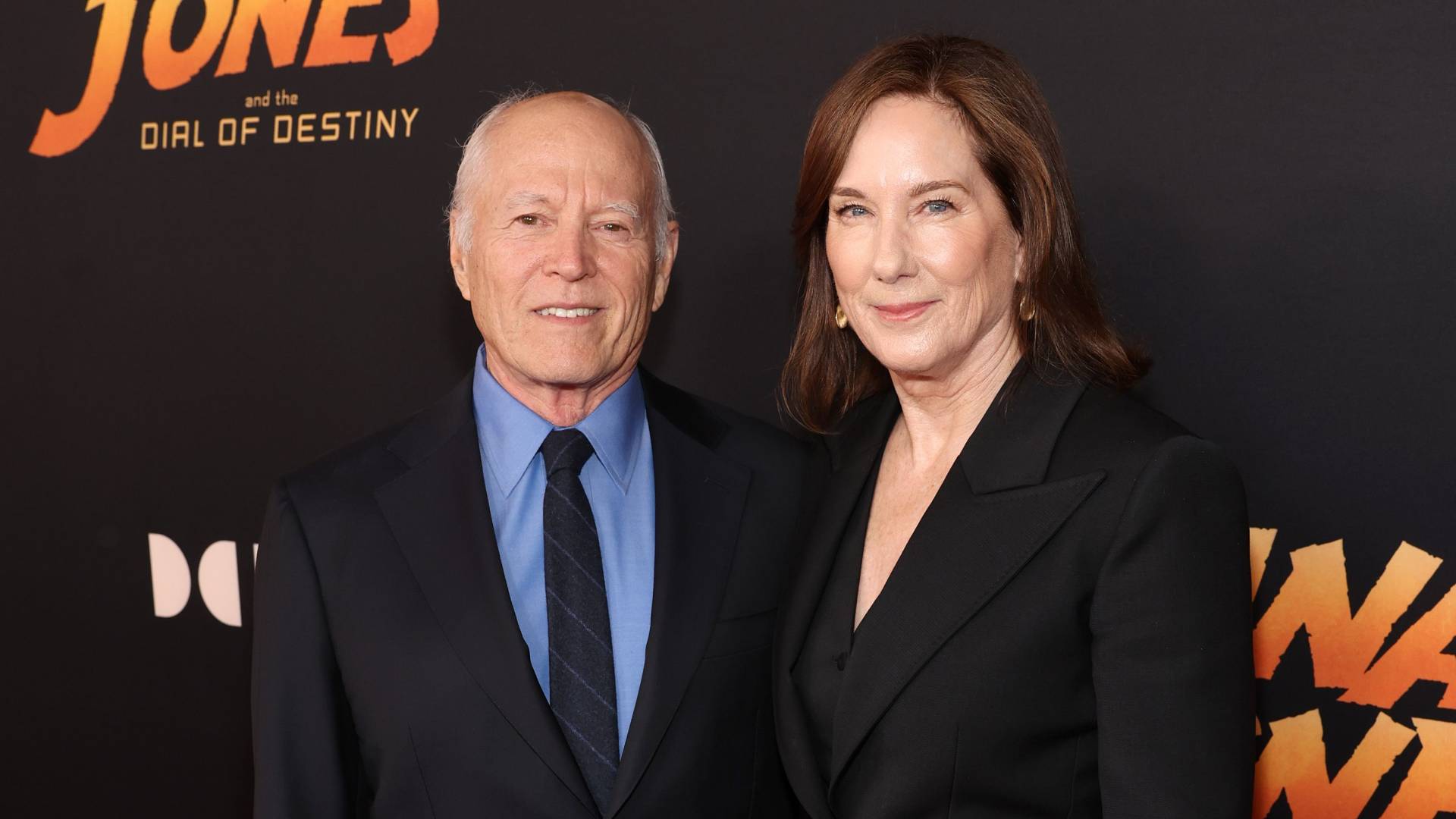
"It's incredibly emotional, actually," Lucasfilm president Kathleen Kennedy says of bidding farewell to Indiana Jones. "I think for all of us that have been involved across all the movies, it didn't really hit us until probably Cannes, where we saw the movie with an audience and realized that this was really the culmination of so much work, and that we were saying goodbye to this iconic character."
Kennedy and her husband Frank Marshall have been part of the Indiana Jones story since the very beginning. Marshall was a producer on 1981's Raiders of the Lost Ark, with Kennedy credited as an associate to one Steven Spielberg.
The pair have worked on every single Indy movie since – and now, 42 years later, GamesRadar+ meets with the duo to discuss Indiana Jones and the Dial of Destiny, the fifth and final outing for Harrison Ford's most legendary of adventurers.
A date with destiny
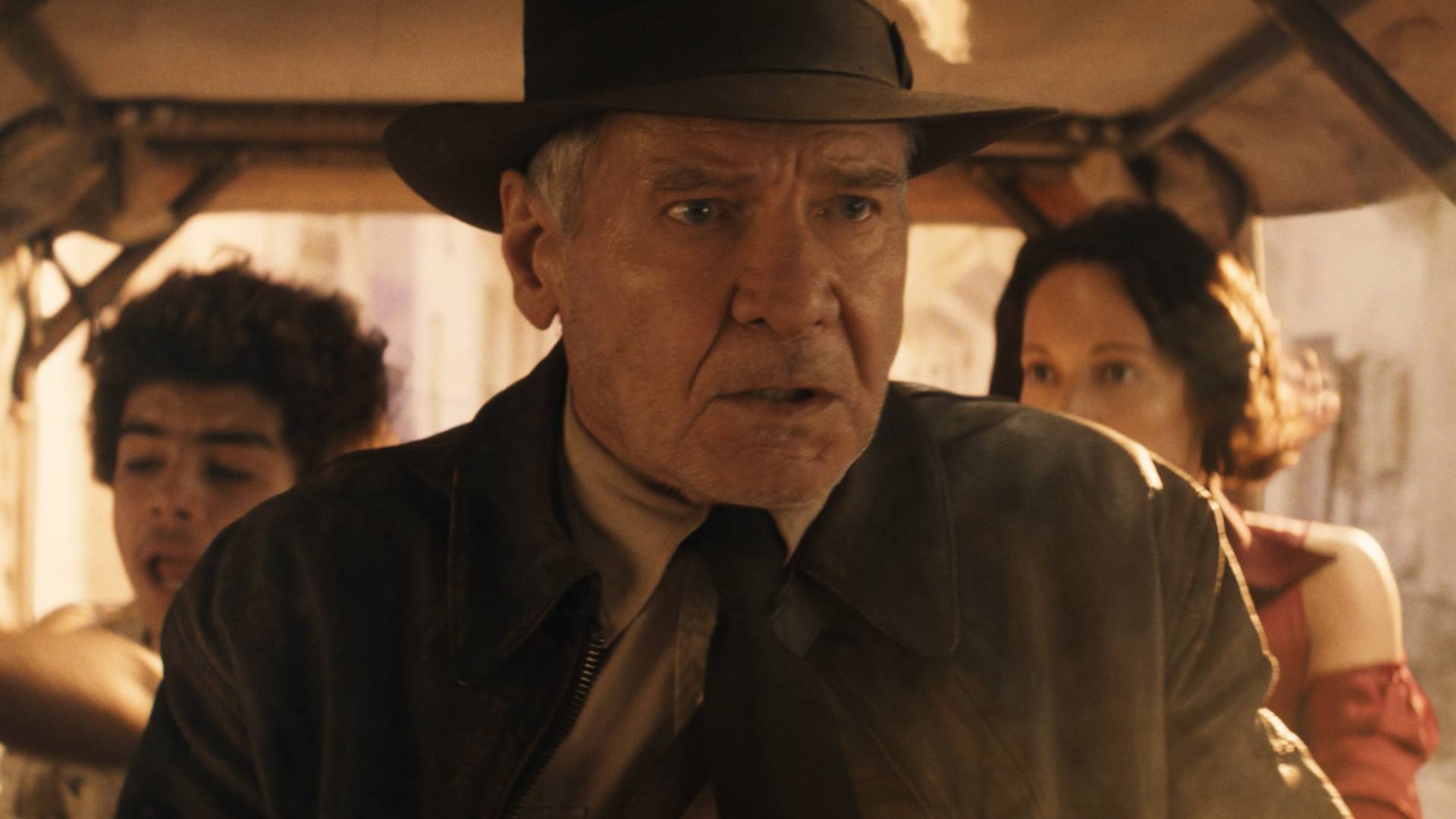
While Indy is back for one last quest, 2008's Kingdom of the Crystal Skull seemed to put the bow on the franchise, giving Indy a happily ever after that saw him marry Karen Allen's Marion Ravenwood. "I think this was really more Steven and Harrison, they both felt very strongly that they hadn't really quite wrapped things up the way they wanted," says Kennedy of why they wanted to revisit the franchise after that apparently definitive ending. "More importantly, for Harrison and his character, he wanted a final chapter. He was ready; he's 80 years old but he's in great shape, very together. He wasn't quite ready to say goodbye – now he is."
As much as Ford wanted to revisit the character, though, Kennedy says he would only don that fedora again for good reason. "What's great about Harrison is he wouldn't have returned if he didn't have a story and a script that he really liked and really cared about," she says. "And that was what we talked about most of the time, was just trying to get this story right, trying to find, 'What are the values that mean so much to everybody who loves this series? How do we bring this to a closure that people really feel is significant and adds up to something?' And identifying this theme of time was really important. Once we had that, I think he was very invested in working on that."
But while Ford returned, Spielberg handed directing reins over to Logan helmer James Mangold in a first for the franchise. Spielberg was still involved as an executive producer, though – as was Indiana Jones creator George Lucas.
"They had a wealth of knowledge and experience of what went into these movies before," says Kennedy of their input into Dial of Destiny. "That was hugely beneficial to Jim [Mangold]. Jim was stepping into some very big shoes, and having them there and knowing that he had the two of them to ask questions if he needed it – same thing with John Williams being a part of this, and knowing that he had the maestro bringing back the music that we all know and love. That's what all three of them brought to this for Jim and for all of us, so that it feels like it's a very seamless transition."
Bringing all the latest movie news, features, and reviews to your inbox
Time and place
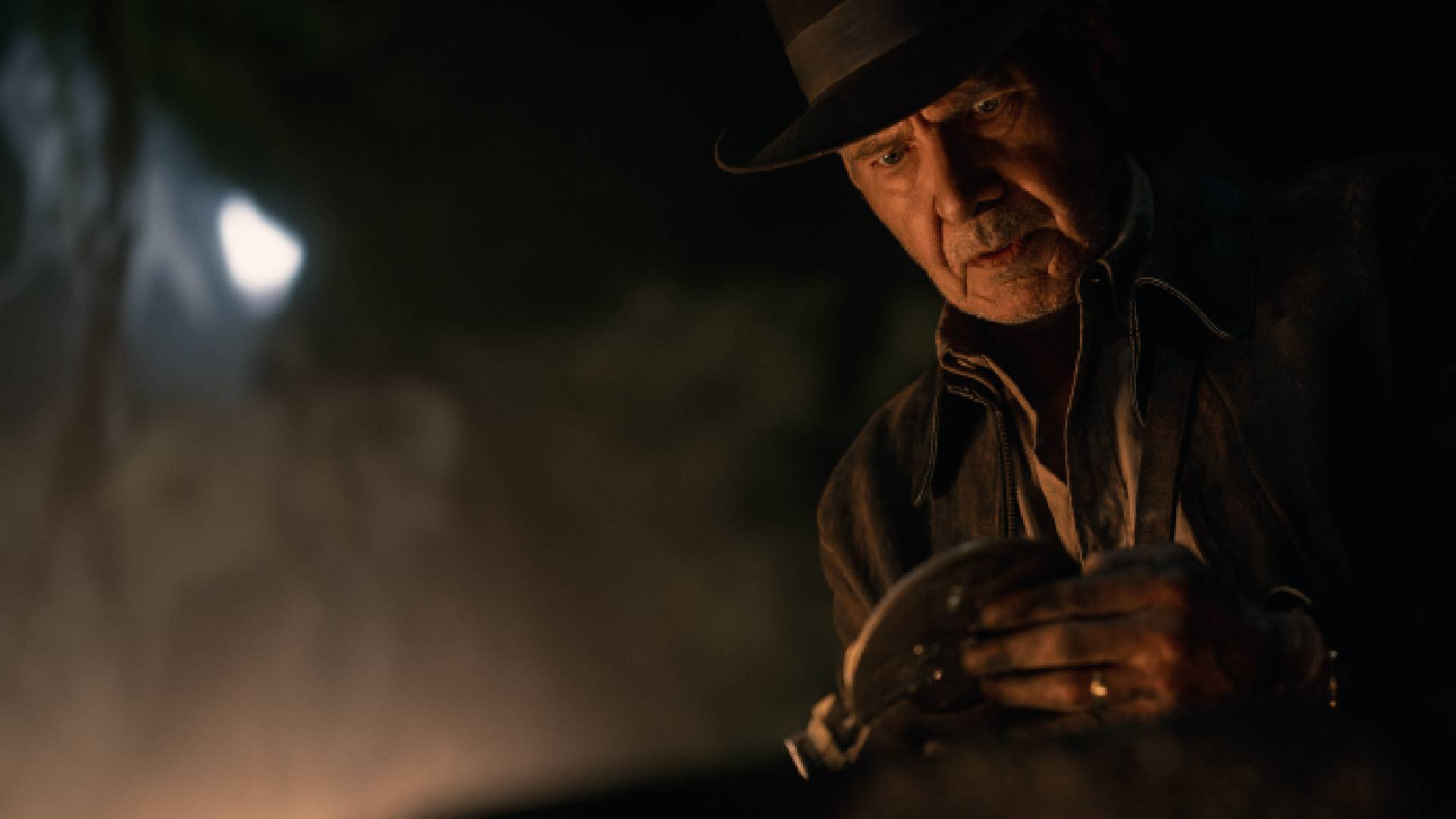
Every Indiana Jones movie needs a fantastical artefact rooted in legend at its heart, and Dial of Destiny is no different. "It's the mythology," explains Marshall. "Starting with the Ark of the Covenant, and what the mythology of that was, each movie has a single MacGuffin – or thing that Indy's trying to find – and the audience learns at the same time. It's not something that we make up. It's something that's there in history."
Dial of Destiny is all about a device from an area of the past that the franchise has so far left unexplored: the Antikythera, a scientific instrument from ancient Greece used to predict astronomical events and positions. In the film, the mechanism was built by famed inventor Archimedes and has extraordinary powers that could alter the course of history.
"We always start in these story discussions [with], 'What is our MacGuffin?'" shares Kennedy. "All of us have to become Indiana Jones when we ask that question, because what is so meaningful that he's going to devote his life and risk his life to trying to find it? And so that sends us always on a journey of discovery to figure out what that might be.
"Identifying this amazing machine of time, the Antikythera, and being able to go after that, and just the wonder surrounding what that was, and the fact that it was real, and that people believed in its power; that's what's been so great about the stories inside of Indiana Jones, you actually learn something," she continues. "We're dealing with things that we haven't just made up out of whole cloth."
The Antikythera and its incredible capabilities takes the film in a bold, unexpected direction – so much so that even Kennedy was surprised by the finished product.
"It was one thing to read it and think about where we were going, [but] when we started to actually execute and see it, I remember feeling incredibly delighted," says Kennedy. "It went even beyond what I thought it was going to be on the page. That is the fun thing about making movies, because you do get surprised as a filmmaker. That's where the magic of movies happens. And I think that was very much something that happened with this."
Marshall agrees. "Seeing these things come to life is part of what's exciting about what we do," he says. "It's like having a big train set, and creating, and you're taking all these pieces and putting them together." He adds that his "favorite part" was actually shooting the opening scene, which sees a de-aged Indy fight Nazis on a moving steam train.
"I just love trains, and we always have a train in the movie," Marshall continues. "Seeing it come together is something that makes it so exciting after you've read it. [You can] picture it in your mind, but I have to say Jim really was great at creating these really amazing scenes with all the people that we have to work with, and that we collaborate with, and the art department, and the scenics, and the props, and the costumes and all that, and everybody comes together – and that's when it's fantastic, when you arrive on the set and here's this whole spectacular scene. That's when it really comes to life."
Fortune and glory
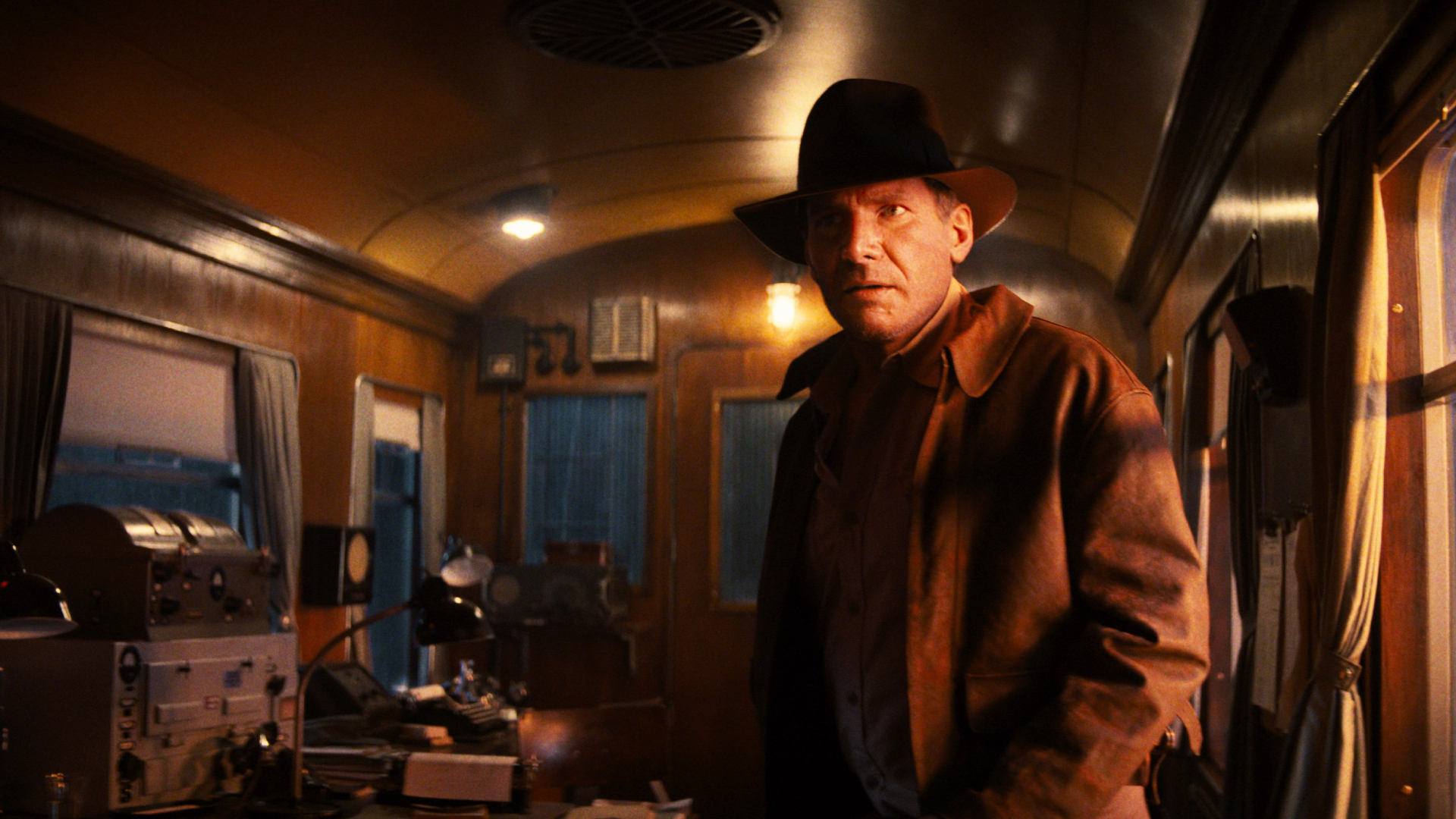
Dial of Destiny is arriving 15 years after Kingdom of the Crystal Skull, meaning it's set to introduce Indiana Jones to a whole new generation of moviegoers.
"There's nothing better than to be involved in things that have a generational passing," says Kennedy. "What I've found that's so great about this movie coming out [is] the number of people I've talked to who've said, 'Oh, I couldn't wait to sit down and show my kids and have them see from Raiders on before they go and see this movie.' That's what's great. It's the same thing with Star Wars, that generational investment is something that I think people really value."
"We've also found that a whole lot of people were inspired to become archaeologists and go into science because Indy is such a likeable character, and he's so passionate about what he does," adds Marshall. "So that's really rewarding, too."
It's not just the audience's lives who've been changed by Indy, either. As Kennedy explains, the franchise has sent her on real adventures. "All the travelling we did together, all of us literally saw the world, because it wasn't just the places we shot, but it was the places we went to figure out if that's where we were going to shoot," she says. "That doesn't go on very much anymore in movies. That was a very unique time, where we knew we were always going to be in at least four or five countries, shooting and exploring that – and exploring the world – to figure out where our adventures would go. That's a really memorable part of Indy for me."
Marshall recalls another life-changing moment. "Oh, I'd have to say it's when I met Kathy," he grins of his favorite Indy memory. ("Thanks, hon," laughs Kennedy.)
Naturally, the duo also have unique insight into their favorite moments from the films themselves. "I think the rolling ball sequence for me," says Marshall, referencing that famous Raiders of the Lost Ark moment. "What Steven always does is he challenges his producers – how're we going to do this? And I remember him saying, 'Well, we have to have a real rolling ball.'" Marshall pauses to laugh: "'How are we going to do that?'"

"And so we challenged the technicians and the crew to come up with this," he continues. "We had a real, gigantic, very heavy rolling ball that Harrison had to run from. 'Make sure you don't trip!' But I think that sequence, reading it in the script, you couldn't visualize, really, what it was going to look like. Obviously, Steven's a fantastic filmmaker, and in his mind, he saw all those shots and that's what makes it so exciting."
As for Kennedy, her favorite moment involves Indy's worst nightmare: snakes. "I would say that it's the snakes in the Well of Souls," she says, another Raiders of the Lost Ark scene. "And actually executing that was insane."
"That was another one: 'How are we going to do that?'" Marshall interjects with a chuckle.
"We got 7000 glass snakes from Holland," Kennedy continues. "I hate snakes. I hate snakes as much as Indiana Jones hates snakes. But we all got to the point where literally, everybody was comfortable literally just picking up handfuls of snakes and moving them."
"When you know they can't hurt you, even though they still feel really eeugh…" Marshall shudders, adding: "There still are several snakes out at Elstree… They got loose and they were on people's doorsteps."
"Which is true," Kennedy laughs.
Clearly, these films have given Kennedy and Marshall a lifetime's worth of memories over the last 42 years – just as so many fans have had Indy as a companion through the decades. When asked why Indiana Jones is such an enduring icon, Kennedy and Marshall give thoughtful answers.
"In an interesting way, I think it's the extension of the cowboy," Kennedy says. "That silhouette. There's a promise, an independence in that character, and instantly he feels heroic. It was brilliant that George came up with the idea that he had a whip. That was such a unique concept, that he would have this whip. All of those things just contributes to this – he's very much a man's man, that's very appealing."
"He's heroic, but he's not a superhero," chimes in Marshall. "And that's what people identify with; he makes mistakes, he's fallible, he gets hurt. But he's also very funny, and he can make light of things – but he's also curious, and he wants to go on these adventures to find things that belong in a museum."
One last adventure
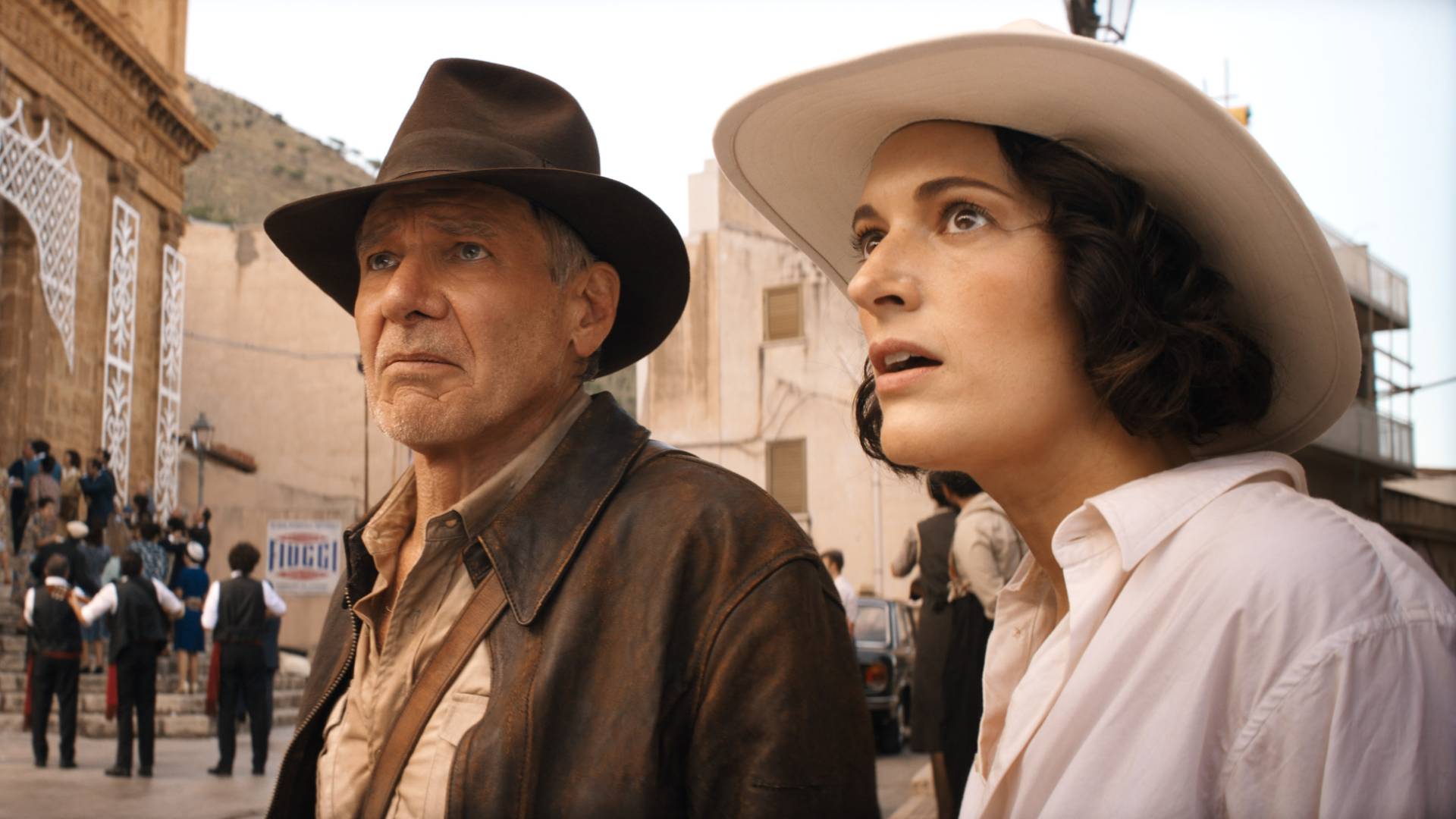
Indy might be an immortal fixture of pop culture, but Ford has been very clear that this is his last time as the character. Does that mean the book is closed on the world of Indiana Jones forever?
Marshall, for his part, has a pitch for a spin-off ready to go. "There is one thing that people don't know, that when the Flying Wing in Raiders of the Lost Ark blows up, the pilot actually escaped," he jokes, referencing his own Raiders cameo. "And there's going to be a spin-off series starring me." ("That'll be huge. 10 people will show up," Kennedy laughs).
The serious answer, though, is that nothing is set in stone just yet. "We're in a culture now where I think that that's an expectation from the audience," Kennedy says of potential continuations focusing on Ke Huy Quan's Short Round, or Phoebe Waller-Bridge's newcomer Helena Shaw. "They think, 'Oh, that's what's going to happen next.' Right now, we're all just very focused on just allowing this to have its moment and its time and be complete.
"And if we go on and do animation, or we carry on with Short Round – which certainly with Ke Huy Quan being so popular now coming off of Everything [Everywhere All at Once] – and Phoebe, what a wonderful actress she is," she continues. "So I would never sit here and say, 'Never say never.' But it's not something that we're in the midst of developing at the moment."
This very well could be the end of one of cinema's most celebrated sagas, then – but as the last 42 years have proved, Indiana Jones has a legacy that will live forever.
Indiana Jones and the Dial of Destiny is in UK cinemas now and arrives in US theaters this June 30. For even more on the film, check out our other pieces through the links below:
- Our Indiana Jones and the Dial of Destiny interview with the cast and director
- Harrison Ford and James Mangold's favorite Dial of Destiny memory
- Why Dial of Destiny is the perfect goodbye to Indiana Jones
- Our Indiana Jones and the Dial of Destiny Cannes interview
- Why Harrison Ford doesn't want to reflect on his old movies
- Mads Mikkelsen is desperate to play a zombie
- Mads Mikkelsen recalls meeting Harrison Ford
- The Indiana Jones and the Dial of Destiny ending explained
- Does Indiana Jones and the Dial of Destiny have a post-credits scene?
- Kathleen Kennedy reveals new details about Rey and James Mangold Star Wars movies

I'm the Deputy Entertainment Editor here at GamesRadar+, covering all things film and TV for the site's Total Film and SFX sections. I previously worked on the Disney magazines team at Immediate Media, and also wrote on the CBeebies, MEGA!, and Star Wars Galaxy titles after graduating with a BA in English.


